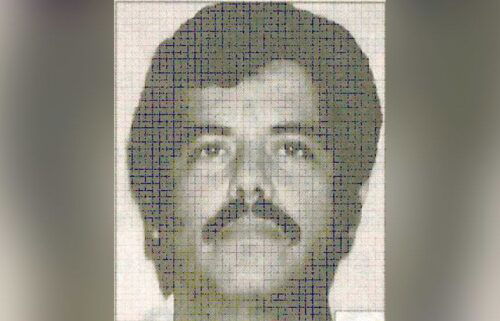Holiday travel is always a nightmare, but this year will be worse
CNN
By Chris Isidore, CNN Business
The holiday travel season is off to a relatively smooth start, with good weather and few canceled flights. But many in the industry are worried that luck won’t hold all the way until the holiday season ends just after New Year’s.
Major US airlines are operating with fewer pilots and flight attendants than they were before the pandemic. With domestic airline bookings nearly back to normal, airlines are trying to do more with less this holiday season.
Service meltdowns in October at Southwest Airlines and American demonstrate what happens when schedules get disrupted without the staffing levels needed to rapidly recover from canceled flights. Problems quickly cascade, resulting in hundreds of additional cancellations.
“I do think all of the airlines are stretched thin,” said Casey Murray, president of the Southwest Airlines Pilots Association. “A major blizzard or event could cause prolonged delays and cancellations.”
And anyone who has their flight canceled is going to run into problems finding an alternative way to get where they’re going.
“If there are issues, reaccommodating people whose flights are canceled will be tough. The planes are very full,” said Savi Syth, airline analyst at Raymond James.
Staffing shortages
The airlines that have experienced recent service disruptions admitted they didn’t have enough staff to deal with the problems.
Bob Jordan, who is set to become CEO of Southwest early next year, told investors last month that weather and air traffic control issues caused “a significant number of crews and aircraft to be out of position and then that took several days to recover.”
“We inconvenienced thousands of customers and we further challenged our stellar employees,” he said. “And I just want to apologize to both our customers and our employees.”
Jordan said Southwest is making additional trims to its schedule to make sure that doesn’t happen again.
When air traffic ground to a near halt during the early months of the pandemic, all the airlines used early retirement packages and buyouts to reduce staff voluntarily. All are scrambling to staff up now, but it takes time to hire, train and certify pilots and flight attendants, so much of the current hiring is being done with an eye toward next summer’s travel season — not this fall and winter — said Syth.
All the airlines say they’re prepared to deal with disruptions caused by weather or other issues like air traffic control snafus.
“To ensure we’re providing certainty for both our customers and team members, we’re doubling down on our efforts related to our schedule and staffing,” said David Seymour, American’s chief operating officer, in a note to the airline’s staff. “On the scheduling front, we’ve ensured that our November and December are built to meet customers demand and that they are fully supportable by our staffing.”
But Dennis Tajer, spokesman for the Allied Pilots Association, the pilots union at American and an active pilot himself, said he’s concerned that American is stretching its staffing too thin.
“We want to fly these flights. But the evidence from earlier this year shows what happens when things don’t go as planned,” he said. “They’re building the schedule right to the maximum number of flights possible and it provides no flexibility for when things go wrong. Airplanes don’t fly on hope.”
Southwest is trying to operate its current schedule with about 15% fewer pilots than it had before the pandemic, according to Murray, even though the number of flights hasn’t been trimmed by nearly that much. That leaves much less ability to recover when issues do crop up.
Fewer flights
Overall the number of domestic flights planned from last weekend to just after New Year’s Day is down 12% compared to the same period in 2019, according to data from Cirium, an airline data tracking service.
Among the big four US airlines that handle about 80% of air traffic, Southwest and American have the most aggressive schedules compared to their pre-pandemic levels. The number of flights is down just 10% at Southwest and 9% at American, while Delta and United are both down more than 13% compared to 2019.
Executives at United and Delta say their more limited schedule should allow them to avoid the service issues experienced at Southwest and American earlier this fall.
“If we wanted to be bigger than we are, quite honestly we couldn’t be. We could be a little bit, maybe, but not much bigger without risking the operational performance issues like you’ve seen at some of [the] other carriers,” Delta president Glen Hauenstein told investors last month. “So we want to stay where we’re confident that we can actually fly the schedules that we put out there.”
“Our North Star in this recovery is making sure we do the right thing for customers and if that means sacrificing some possible short-term profits to ensure a reliable operation, then so be it,” said United CEO Scott Kirby in a letter to customers explaining his airline’s reduced schedule.
Murray, the head of the Southwest pilots union, says his airline has made changes in its operations since the service meltdown in October that resulted in 2,000 flights being canceled over a weekend, and tens of thousands of stranded passengers.
“I’m not as gravely concerned as I was throughout the summer,” he said.
The-CNN-Wire
™ & © 2021 Cable News Network, Inc., a WarnerMedia Company. All rights reserved.



